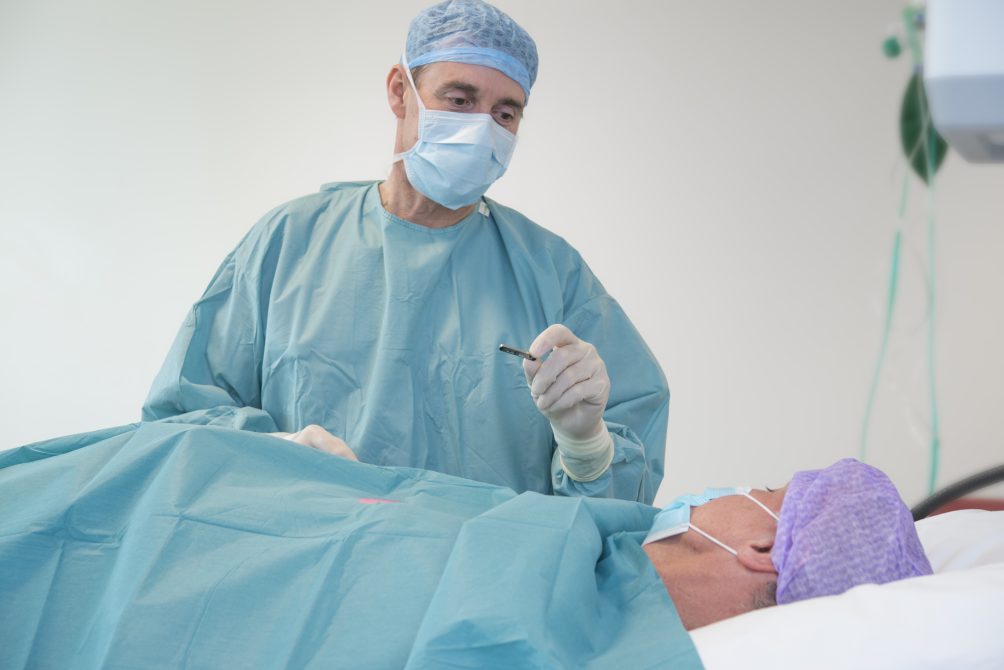
The device, developed by medical technology company Medtronic, is the size of two matches and is injected under the skin into the chest. The procedure takes less than ten minutes, under local anesthesia. The device is connected to an app that continuously and very accurately records heart data and shares it with the care team at the hospital, to check if any arrhythmias occur.
At the Catharina Hospital in Eindhoven, the first patient in the Netherlands has been implanted with this new subcutaneous Bluetooth heart monitor. Cardiologist Tim Simmers placed the innovative device, which is linked to the patient’s cell phone.
“We can remotely monitor the performance of the patient’s heart over a longer period of time and also adjust the settings remotely if necessary,” says Simmers. The small wireless heart monitor is intended for patients with abnormal heart rhythms who experience symptoms such as dizziness, palpitations, fainting and chest pain that require long-term monitoring.
Remote monitoring

Once the monitor is placed under the skin, it is linked to the app on the patient’s phone via BlueSync technology so that data can be transferred to the hospital. Despite its minimal size, the monitor has a lifespan of 4.5 years. Simmers: “This heart monitor communicates via the patient’s own cell phone with the hospital’s remote care department instead of the usual way via a transmitter that patients have to put ‘permanently’ on their bedside table. Especially in this Covid-19 pandemic, it’s a good thing that we can monitor heart patients remotely.”
Minimally invasive
The Catharina Hospital in Eindhoven was the first in the Netherlands to install the monitor. “At our heart center, we are constantly working with partners such as Medtronic to further improve patient care and have innovative solutions available. New technology often means that the patient benefits directly from it. As in this case, the patient is monitored completely remotely and can also keep an eye on his own values. It also helps that these kinds of innovations are ‘minimally invasive’, so that we can do a lot through small openings in the body. The first placement required such a minimal incision that we didn’t even have to stitch the wound.”
Over the next few months, the implantable Bluetooth heart monitor will be available in more and more Dutch hospitals.

